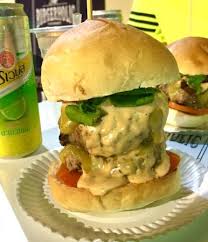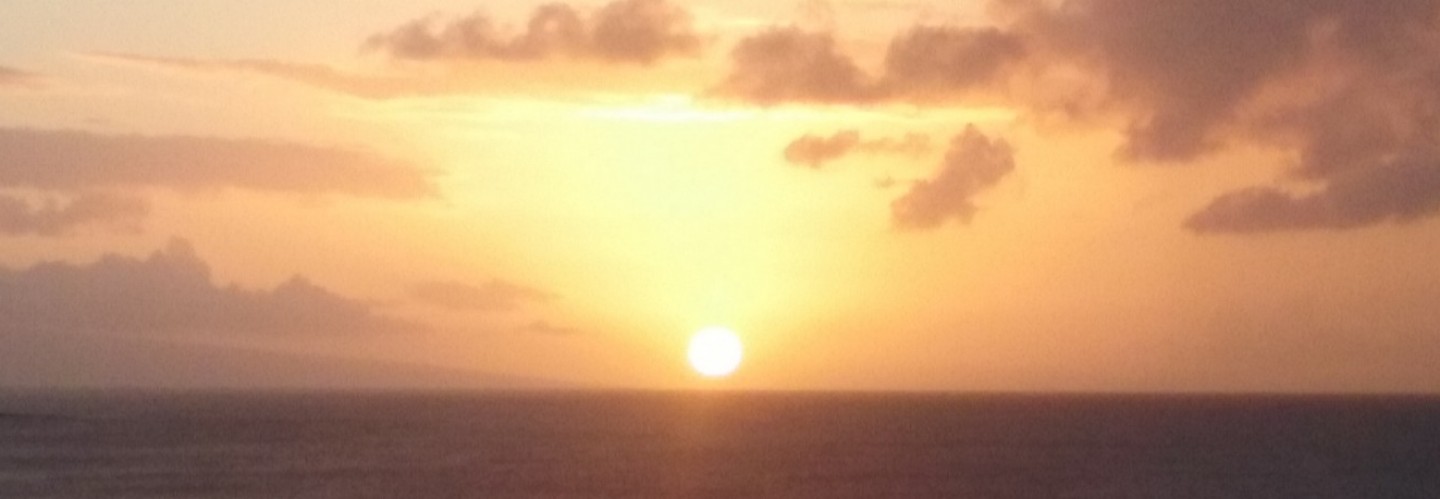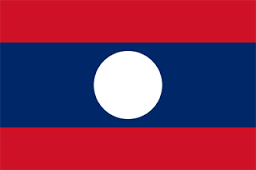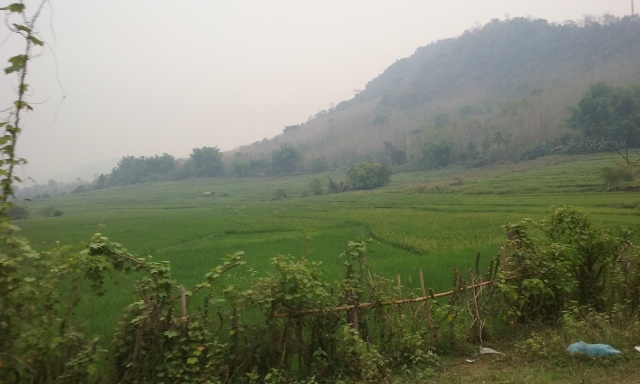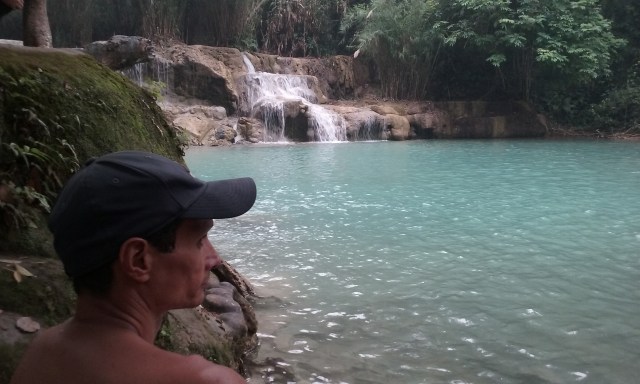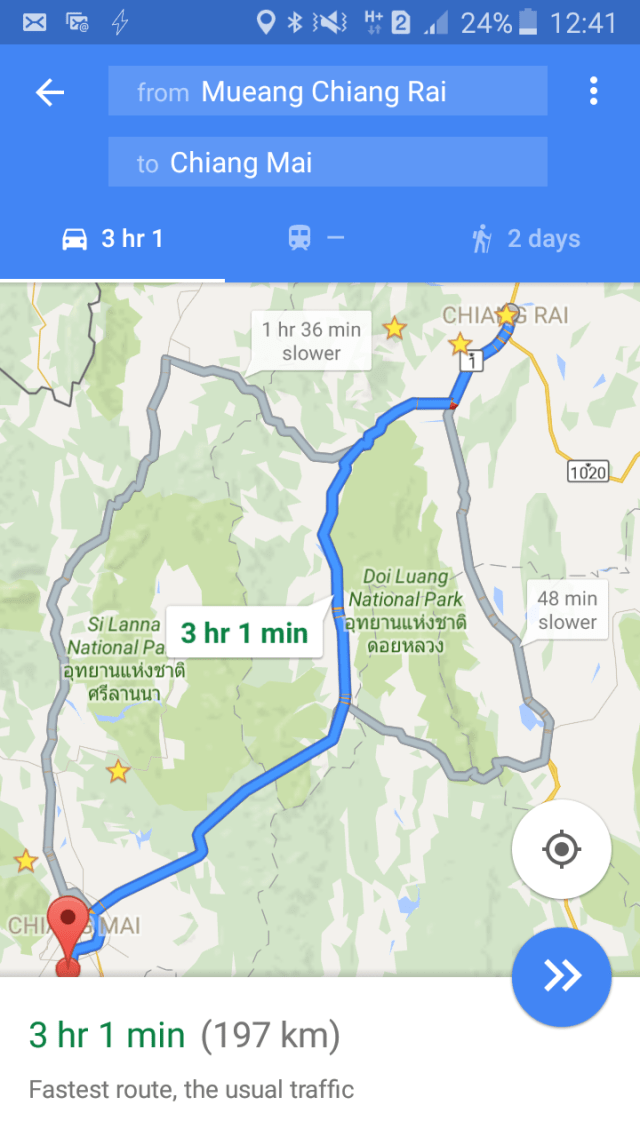
Our next stop in Thailand was to the city of Chiang Mai (not to be confused with Chiang Rai, just three hours away). Chiang Mai is the largest city in Northern Thailand, and sits amongst the highest mountains in the country at just over 1,000 feet above sea level. Due to its elevation, Chiang Mai is normally a bit cooler than most of Thailand, but during our four day visit the temperature still hovered well over 100 degrees.
We had planned on mountain biking in Chiang Mai, but had to change plans and enjoy cooler activities. We caught a 3D IMAX movie at the monsterous, five story Central Festival Shopping Center (thank you Renata for watching Captain America with me; I know it’s a total guy flick). We didn’t realize until the movie started that we had purchased tickets for a Thai dubbed version of the film, but the movie staff was nice enough to let us exchange our tickets and come back the next day for the original English version. This same shopping center has a 4D theatre (didn’t know that existed), which includes motion sensor seats, fog, mist, wind, and even scents (unfortunately this theater was only playing Thai dubbed movies at the time). Central Festival Shopping Center even has its own ice skating rink.
The modern city of Chiang Mai was built around “The Old City,” a 12th century city that was protected by a moat and walls. Mostly just the corner sections of these walls remain today, but it was cool to turn off a street lined with 7-11s and suddenly see a 1,000 year old section of the Old City. On the way back from the theater to our hotel, our back moped tire got a flat and we had to push the bike along the outskirts of the Old City. Although all the mechanics were closed that time of the night, we manged to find a gas station and inflated the tire enough to get back to our hotel.
Chiang Mai also has some incredible food. Thanks to Sky’s happycow.net recommendation, we found some great vegetarian restaurants throughout the city, as well as one of the best hamburgers ever at Burgerholics (the triple decker; defintely a meal for two).
